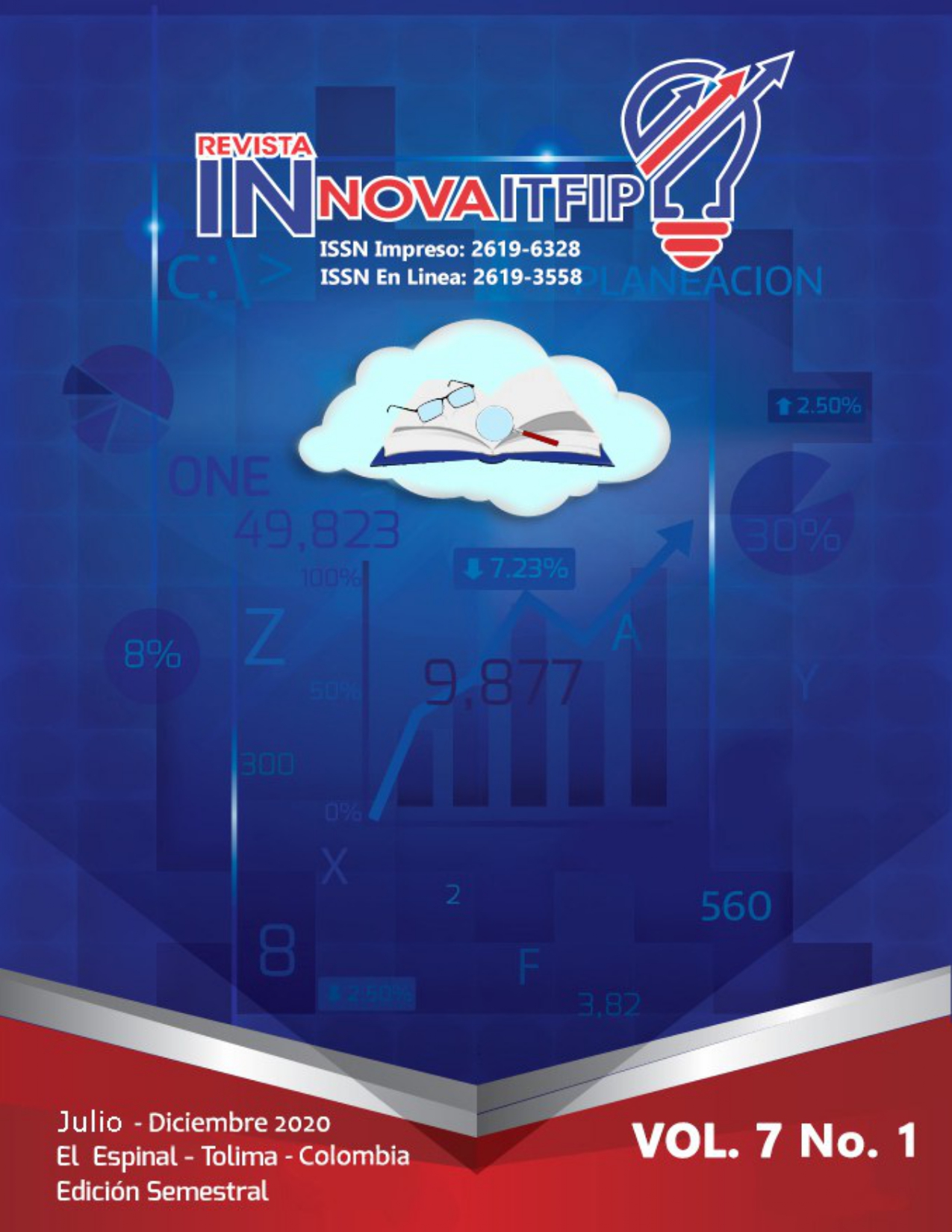APPROACH TO POVERTY STUDY: PERSPECTIVES FROM A SYSTEMATIC LITERATURE REVIEW
Andrés Mauricio Grisales Aguirre
Keywords: Economic growth, poverty, inequality, systematic search, Scientometrics
Abstract
This work presents the results of a systematic review using bibliometrix package of the R statistical program on the approaches to measuring poverty. Due to the growing interest in the study of economic growth and development, the identification of factors associated with poverty and inequality and also due to the great diversity of methodologies that have been applied in their study, it is necessary to have a compilation of the different strategies that have been used in different contexts and that can be a starting point for future research that intends to approach these issues from a theoretical perspective. The main objective was to compile the most common strategies for measuring poverty that have been used most frequently, identifying their main speakers, strengths and weaknesses, all through a systematic search and using scientometric techniques. The results show that the measurements of multidimensional poverty are the ones that have had the greatest scope in measuring the indicators of growth and economic development. This work is the basis for the identification of the incident factors in the levels of economic growth, poverty and inequalitythat is underway
Downloads
References
Alkire, S., & Foster, J. (2011). Counting and multidimensional poverty measurement. Journal of Public Economics. https://doi.org/10.1016/j.jpubeco.2010.11.006
Aria, M., & Cuccurullo, C. (2017). bibliometrix: An R-tool for comprehensive science mapping analysis. Journal of Informetrics. https://doi.org/10.1016/j.joi.2017.08.007
Atkinson, A. B. (1970). On the measurement of inequality. Journal of Economic Theory. https://doi.org/10.1016/0022-0531(70)90039-6
Atkinson, A. B., & Brandolini, A. (2001). Promise and pitfalls in the use of “secondary” data-sets: Income inequality in OECD countries as a case study. Journal of Economic Literature. https://doi.org/10.1257/jel.39.3.771
Bourguignon, F., & Morrisson, C. (2002). Inequality among world citizens: 1820-1992. American Economic Review. https://doi.org/10.1257/00028280260344443
Distaso, A. (2007). Well-being and/or quality of life in EU countries through a multidimensional index of sustainability. Ecological Economics. https://doi.org/10.1016/j.ecolecon.2007.02.025
Expósito, A., Fernández-Serrano, J., & Velasco, F. (2017). Crecimiento económico, pobreza y desigualdad: Un análisis de eficiencia para américa latina en el siglo XXI. Revista de Economia Mundial, 2017(47), 117–138.
González J., & Ramírez M., & V. (2010). Misión para el Empalme de las Series de Empleo, Pobreza y Desigualdad (Mesep) Pobreza monetaria en Colombia: Nueva metodología y cifras, Resultados segunda fase de la Mesep, Departamento administrativo nacional de estadística y departamento nacional de p.
Johnson, S., & Rogaly, B. (1997). Microfinance and Poverty Reduction. En Microfinance and Poverty Reduction. https://doi.org/10.3362/9780855988005
Laverde Rojas, H., & Gómez Ríos, J. J. (1969). Medición de la pobreza multidimensional en América Latina a través de modelos estructurales. Cooperativismo & Desarrollo. https://doi.org/10.16925/co.v23i106.1130
Moreno, M. (2018). Medición de la pobreza. CONEVAL. Ravallion, M. (2019). Global inequality when unequal countries create unequal people. European Economic Review. https://doi.org/10.1016/j.euroecorev.2018.09.003
Salazar, R. C. A., Cuervo, Y. D., & Pardo, R. (2011). Índice de Pobreza Multidimensional para Colombia. Archivos De Economía.
Sen, A. (1979). Issues in the Measurement of Poverty. The Scandinavian Journal of Economics. https://doi.org/10.2307/3439966
Shorrocks, A. (2004). Inequality and welfare evaluation of heterogeneous income distributions. Journal of Economic Inequality. https://doi.org/10.1007/s10888-004-3459-8





